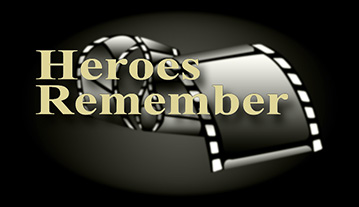Better to Wound than to Kill
Heroes Remember
Better to Wound than to Kill
Transcript
Description
During training Mr. Gouchie was told it was better to wound the enemy than to kill him. He tells us why and also tells us of the house they referred to as the "ghost house."
Earl Gouchie
Mr. Gouchie was born in Amherst, Nova Scotia, on February 21, 1917. He comes from a family of four sisters and three brothers. His father was a part-time farmer and mill worker. Growing up during the depression and having a Grade eight level of education, Mr. Gouchie had very little opportunity for employment and worked in the local lumber woods until he decided to join the army. After the declaration of war, Mr. Gouchie was one of the first men to join the North Nova Scotia Highlanders. His regiment sailed to Southern England and received three years of training in preparation for the landings on D-Day in Normandy. The North Nova Scotia Highlanders have been recorded as being known to have fought many bloody battles during wartime. Mr. Gouchie was part of the 2nd wave during the D-Day invasion and admits he would never want to go through it again. After the war, Mr. Gouchie returned home to Amherst to be with his wife and family. He became very involved with the construction of a mural recognizing the contributions of the North Nova Scotia Highlanders Regiment. Mr. Gouchie coordinates the parades each year for Remembrance Day celebrations in Amherst. He has never allowed his service in the army to be forgotten and the contributions given by himself and his fellow soldiers. Mr. Gouchie feels the young people of today should experience army life and realize the true meaning of discipline.
Meta Data
- Medium:
- Video
- Owner:
- Veterans Affairs Canada
- Duration:
- 2:33
- Person Interviewed:
- Earl Gouchie
- War, Conflict or Mission:
- Second World War
- Location/Theatre:
- France
- Battle/Campaign:
- Normandy
- Branch:
- Army
- Units/Ship:
- North Nova Scotia Highlanders
- Occupation:
- Sniper
Related Videos
- Date modified:



